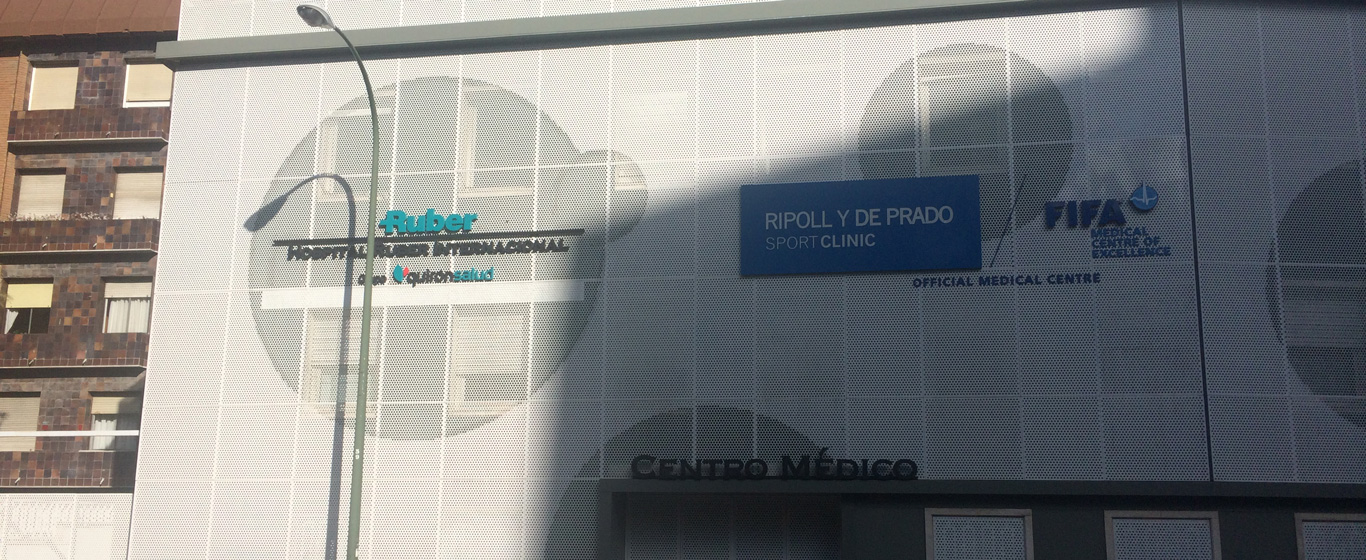Scarlet Fever
How does scarlet fever spread? Everything about the transmission, symptoms, and treatments of this bacterial infection.
Symptoms and causes
Scarlet fever, also known as scarlatina, is an infectious disease caused by the bacterium Streptococcus pyogenes or group A streptococcus. Although it can occur at any age, it is more common in children between 5 and 15 years old. In most cases, it is transmitted from person to person through nasal secretions or saliva droplets, and only rarely can it be contracted by contact with objects or food.
It usually originates from strep throat, which later spreads throughout the body in the form of a scarlet-colored rash (which gives the disease its name) and produces a rough texture on the skin. The incubation period (three to five days) is asymptomatic, making it difficult to prevent transmission during this time, since the presence of the disease is usually unknown.
In general, scarlet fever is a mild illness that resolves quickly if appropriate treatment is followed.
Symptoms
The symptoms of scarlet fever, which are the same in both children and adults, appear gradually as the disease progresses:
- Fever: begins suddenly and lasts for three to five days, peaking on the second or third day.
Although considered one of the main symptoms, scarlet fever has been observed to sometimes present without fever or to begin in later stages, when the skin rash has already appeared. - Sore throat and difficulty swallowing.
- Strawberry tongue: the tongue turns red with swollen papillae.
- Rash: appears within the first 12 to 48 hours. It manifests as an intense red eruption that feels rough to the touch but does not itch. When the spots are pressed, they change color and turn paler.
It is common on the base of the neck, face, trunk, limbs, and skin folds. After a few days, the cheeks become reddened. - Headache.
- Nausea and vomiting.
- General malaise.
Causes
Scarlet fever is caused by group A streptococcus and is transmitted through small droplets of saliva or mucus released by an infected person when coughing, sneezing, or talking.
Risk factors
The factors that increase the risk of contracting scarlet fever are:
- Being between 5 and 15 years old.
- Being in direct contact with infected individuals.
- Having had strep tonsillitis.
Complications
Nowadays, complications of scarlet fever are very rare. When they do occur, the most common are:
- Other mild infections: otitis, laryngitis, bronchitis, pneumonia.
- Inflammation of the lymph nodes in the neck.
- Glomerulonephritis: inflammation of the glomeruli, which are the kidney’s filters.
- Osteomyelitis: bone infection.
- Arthritis: inflammation of the joints.
- Rheumatic fever: an inflammatory disease caused by the immune system’s response to a streptococcal infection. It may affect the heart, brain, or joints.
Scarlet fever does not pose an additional risk during pregnancy, as it does not interfere with fetal development.
Prevention
The best way to prevent scarlet fever is to follow these recommendations:
- Wash hands frequently.
- Cover the mouth and nose with the inside of the elbow when coughing or sneezing.
- Use individual eating utensils.
- Do not share food or drinks.
Which doctor treats scarlet fever?
Scarlet fever is usually treated in the specialties of pediatrics and family medicine. In more severe cases, specialists in infectious diseases, otolaryngology, or dermatology may be involved.
Diagnosis
To diagnose scarlet fever, clinical assessment is combined with specific tests:
- Medical history and evaluation of symptoms.
- Visual examination of the tongue, throat, and tonsils.
- Palpation of the lymph nodes in the neck.
- Observation of the rash.
- Rapid strep test: a throat swab is taken with a cotton swab and placed in a container with reactive substances that detect the nitrous acid in the cell wall of Streptococcus pyogenes within minutes.
- Throat culture: the sample is collected in the same way as for the rapid test and analyzed in the laboratory. Despite its reliability, results take 24 to 48 hours, so it is only used when the first test is negative but the suspicion of infection persists.
Treatment
Treatment of scarlet fever consists of the oral administration of antibiotics, mainly penicillin or amoxicillin. For patients allergic to penicillin, other antibiotics such as macrolides or cephalosporins are used. Although symptoms resolve more quickly, it is important not to discontinue treatment prematurely to ensure the bacteria is completely eliminated.
To improve the patient’s condition and relieve symptoms, the following are recommended:
- Drink plenty of fluids.
- Get relative rest.
- Take analgesics to relieve pain.
- If the fever is very high and causes discomfort, take antipyretics.
It is advisable to remain at home until the fever has subsided. To prevent contagion, contact with other people should be avoided until at least 24 hours have passed since the start of treatment.









































































































